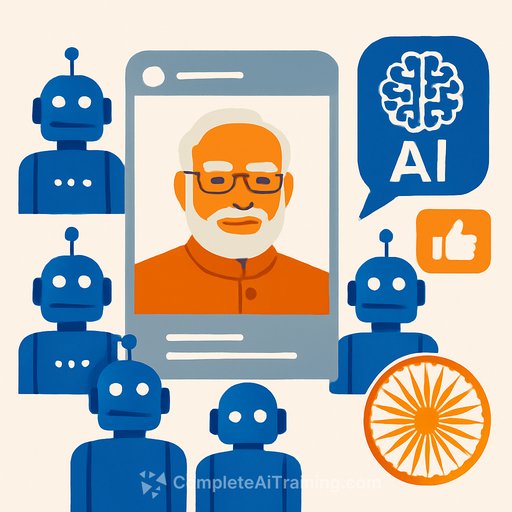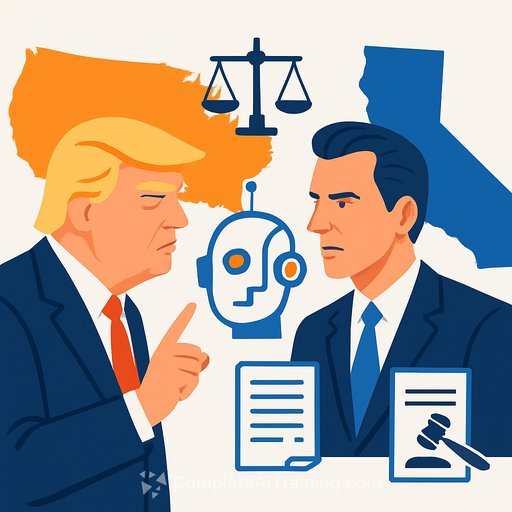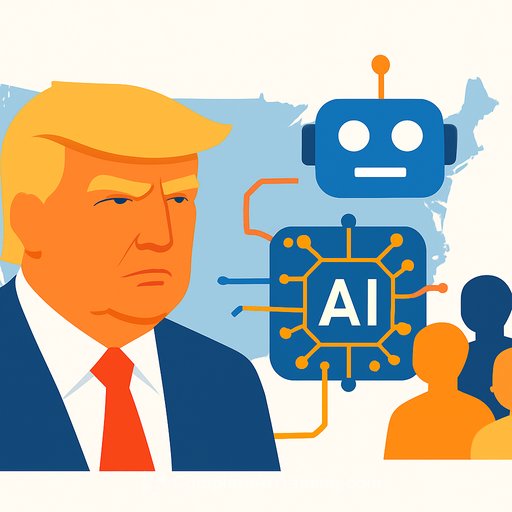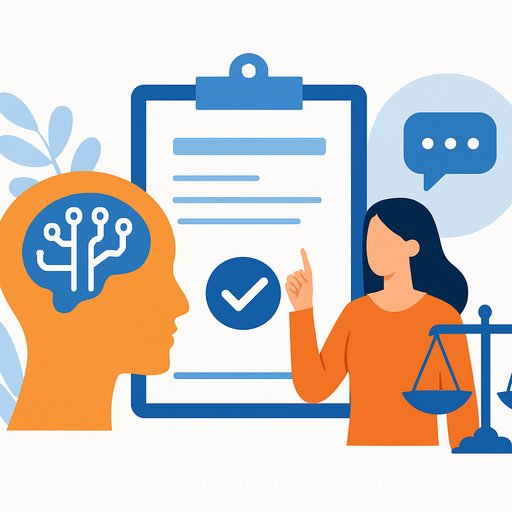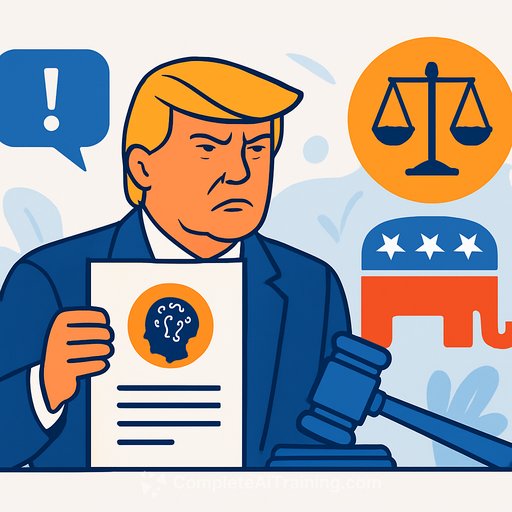X Platform’s Grok AI Exposes Up to 60% of PM Modi’s Followers as Bots: Exploring Existing Internet Laws and Regulations to Control Automated Accounts
Banging the Digital Puppet Show
The recent findings by Grok AI, part of the X platform, reveal that a large chunk of Prime Minister Modi's social media following might be bots. This discovery highlights a pressing issue: automated accounts can manipulate public opinion, spread misinformation, and fabricate an illusion of popularity. The key question is whether India's current legal framework is equipped to handle this challenge.
This article breaks down the existing laws and regulations related to social media bots in India, explaining how they apply and what improvements could help tackle misinformation and digital manipulation.
What Are Social Media Bots and Why Are They a Problem?
Imagine a stadium filled with mannequins instead of real fans, creating an illusion of a massive crowd. Bots on social media function like these mannequins. They are software programs that automatically like, retweet, and follow accounts.
While some bots serve useful purposes, such as delivering breaking news updates, many have harmful intentions. They can:
- Manipulate Public Opinion: Large numbers of bots can promote posts or hashtags, falsely suggesting widespread support for certain views.
- Spread Misinformation: Bots can quickly amplify fake news or propaganda, especially during sensitive times like elections.
- Target Individuals: They may harass or silence people by flooding them with abusive messages.
- Create False Popularity: A high number of bot followers can artificially boost an individual's perceived influence.
India’s Legal Arsenal Against Digital Manipulation
India has no law specifically addressing social media bots. Instead, existing laws designed for cybercrime and online conduct are applied. The key legislations are:
- Information Technology Act, 2000: The main law governing cybercrime in India. Though it does not explicitly mention bots, several sections can be used against malicious bot activity:
- Section 66C (Identity Theft): Applies if bots use stolen identities to deceive others.
- Section 66D (Cheating by Personation): Targets fake accounts masquerading as real individuals or entities.
- Section 43 (Damage to Computer Systems): Covers attacks like Denial of Service (DoS), where bots overwhelm websites.
- Information Technology (Intermediary Guidelines and Digital Media Ethics Code) Rules, 2021: These place responsibility on social media platforms to maintain a safe environment by:
- Providing grievance redress mechanisms for users to report fake accounts or bots.
- Removing illegal content, including impersonation and misinformation, within specified timeframes.
- Exercising due diligence to prevent proliferation of harmful content and fake accounts.
- Indian Penal Code (IPC): Traditional criminal laws are also used alongside cyber laws. For example:
- Section 153A: Addresses promotion of enmity between groups, which can be triggered by bot-generated inflammatory content.
- Section 499 (Defamation): Covers repeated false statements damaging a person’s reputation via bots.
The Puzzle: Identifying the Puppet Masters
The biggest challenge isn’t the legal framework itself but tracing the operators behind these bots. Many bots are created and controlled anonymously, making it tough for law enforcement to hold anyone accountable.
This is where the 2021 IT Rules become crucial. They require social media companies to actively monitor and remove fake accounts. These platforms have the technical ability to detect bots and a legal duty to act against them.
What More Can Be Done?
While current laws provide some tools, targeted reforms could strengthen the fight against malicious bots:
- Introduce clear legal definitions for “malicious bots” with specific penalties for creators and users acting with harmful intent.
- Require social media companies to disclose data on bot detection and removal efforts regularly.
- Hold platforms accountable if they fail to curb large-scale bot networks.
- Promote digital literacy so users can better distinguish genuine accounts from fake ones and resist misleading trends.
Whether or not one fully accepts the Grok AI report, it serves as a reminder of the hidden forces shaping online discourse. Social media is not just a platform for sharing content; it is a battlefield for influence and ideas.
India’s existing laws, especially the IT Act and the intermediary guidelines, form a foundation for combating bot-driven manipulation. Still, ongoing judicial and legislative updates are needed to keep pace with technological advances.
Cleansing the digital space will require cooperation between the government, social media platforms, and informed citizens who can recognize when they are witnessing a digital puppet show.
Your membership also unlocks:

